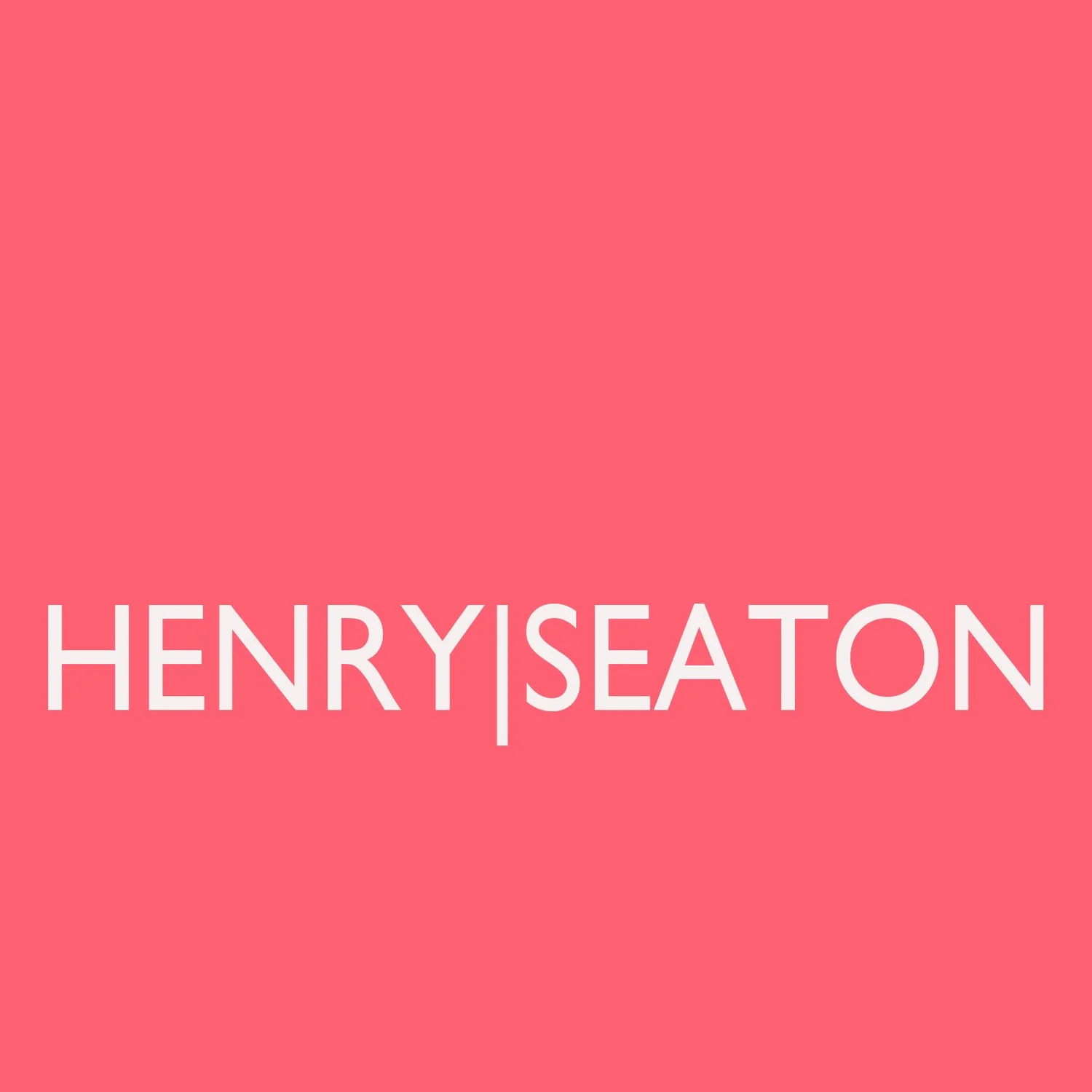the object as photograph
the underlying theme of this thesis is to propose ways in which the photography of a sculptural practice, and that of sculptural objects, can generate works which may in some way, operate beyond that of simply being a record or transcript and where the documentation becomes a direct/indirect motive for the object’s conception and therefore becomes a ‘thing’ in itself.
the intention then is to identify ways in which the process of documenting sculpture may generate something new – possibly some other kind of photograph or thinking process which reinterprets the documentary aspect or the relationship between the referent object and its means of translation. the resulting photo-works may be described in the sense that they subsequently emerge as hybrid products, illustrating that once the photo has been seen, the referent object, the original, can no longer be observed in the same way (benjamin1936). if perceived virtually it may then transpire that the referent object, though not literally present, acts or communicates differently. (fried 2008 p.272)
this claim also partially depends on the presumption of what the word “document” or “documentary” means in the context described above and continually seems to be about a question of originality that art needs to make. we may also view this another way and consider documentary as a ‘process’ and question its relation to the object, or objects it pertains, depending on the way in which a series of photographs, or documentary processes negotiates what they’re dependent of, or an index of?
the kind of work i want examine, and where the research question or questions originate, are how artworks as photographic objects, and as graham harman might describe them, as objects which operate or transpire as a third version or thing, and if so, can they be visualised? can oblique or speculative objects arise out of a particular kind of photography of sculpture? the research progresses primarily from a practice-based activity, generating questions around the possibility of how a practice, which essentially originates as a sculptural or conceptual practice, can manifest as a transitional photographic object which may then align itself with a particular kind of theoretical and philosophical discourse as mentioned above
.
correlationism argues that reality and human beings go together like conjoined twins, where you find one you find the other. on the face of it this view seems absurd: obviously you don’t think the room around you disappears when you leave it but the correlationist, according to meillassoux, simply rules out of bounds any discussion of reality as it is outside of human access. (gratton, 2014 p.16)
for this reason, graham harman calls ‘correlationism’ the philosophy of access and offers alternative theories in the form of ‘ooo’ (object oriented ontology) and speculative realism.
this direction of enquiry also depends on what our notion of reality (in art) is? and as an example we may then ask how the boundaries of the frame, pictorial or photographic, dictates or suggests a version of reality, for example, what exists outside or adjacent to the ‘set’ or the constructed space of the of the photograph? (morgan, 2006, p.455).
graham seaton
